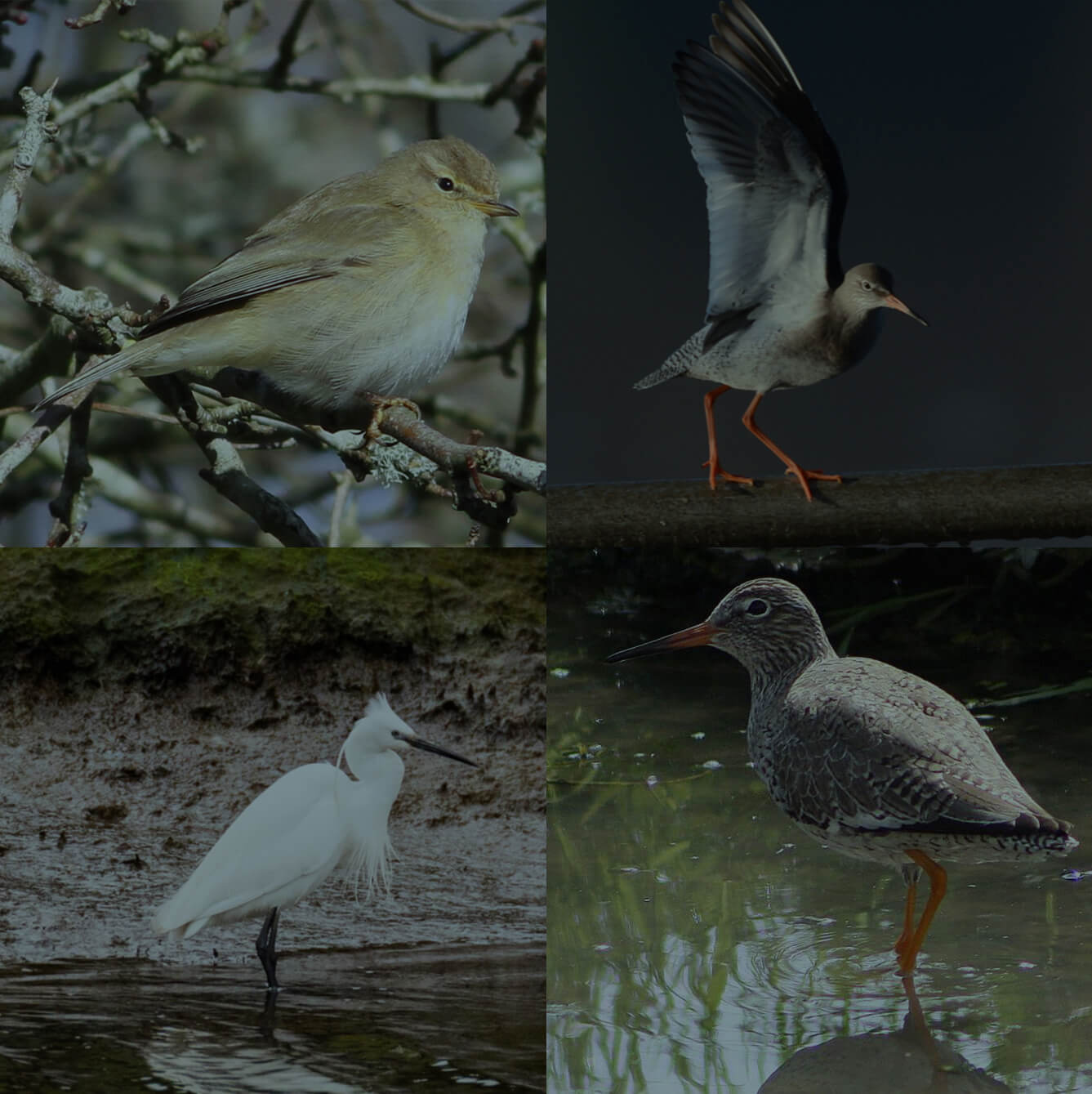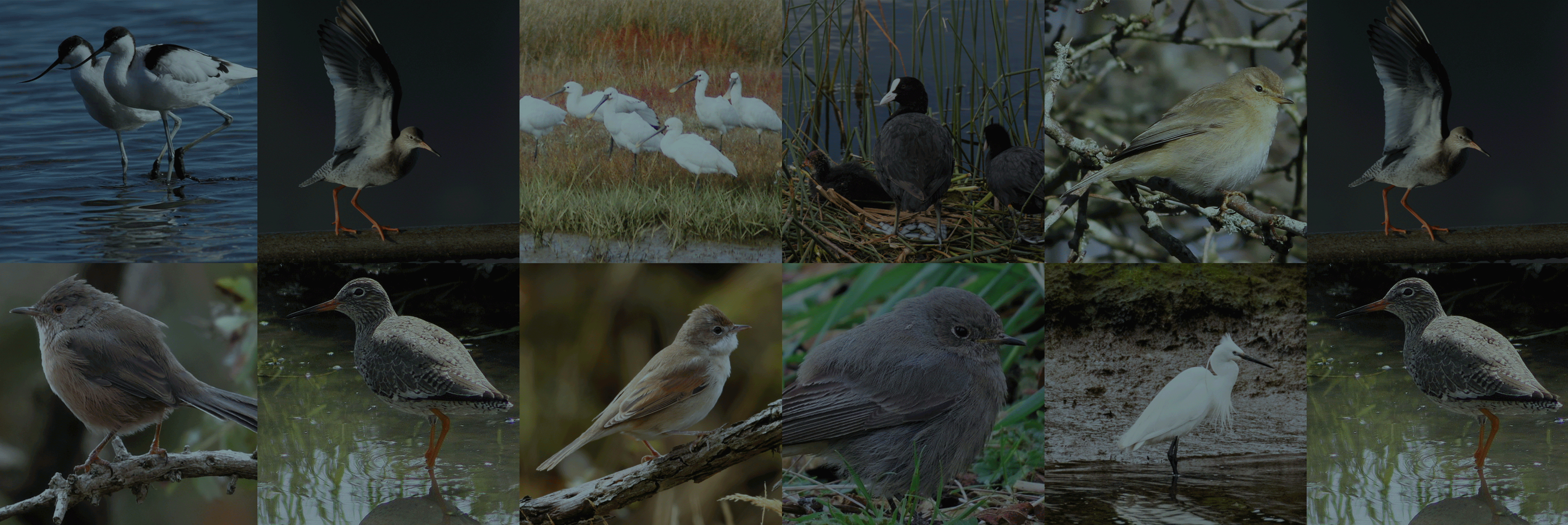Shell Bay sits at the southern side of Poole Harbour mouth and has a long sweeping beach that leads south down to Pilots Point. The beach in winter can be busy with dog walkers but Sanderling favour this beach more than any other within Poole Harbour with up to 40 present each winter.
Out on the water Black-necked Grebe, Slavonian Grebe, Great Crested Grebe and occasionally Red-necked Grebe can be seen through the winter as can Great Northern Diver and occasionally Eider too. At dawn and dusk birds enter and depart the harbour heading to or from their favoured roosting sites. The sand dunes that run along the back of Shell Bay can hold passage migrants in spring and autumn and sea watching during periods of strong easterly winds can produce Arctic Skua, Great Skua, Manx Shearwater, Gannet, Fulmar, Kittiwake and auks.
Viewing out into Poole Bay from Shell Beach can produce passage sea birds such as Velvet and Common Scoter, all three regular diver species and a good variety of tern species which if lucky could include Little, Black or Roseate Tern. Access is simple with parking in the large National Trust Shell Bay car park just next to the chain ferry tollbooths.
Birding Info
Autumn and Winter are definitely the best times to visit Shell Bay with open water species such as divers, grebes and mergansers present during the winter and autumn passage migrants over head during September, October and November. For ‘vis-mig’ (visible migration) you’ll need to arrive on the sand dunes of South Haven at dawn on a clear autumn morning (late September and through October October is best) with a light north to north-east breeze. Learning bird migration calls will allow you to identify migrants as the fly overhead across the harbour mouth.
Facilities
The Studland Ferry Road is popular with cyclists and Shell Beach car park is easily accessed via bike from either the Sandbanks to Studland chain ferry from Poole or by cycling through Studland and along the Studland peninsular. There are public toilets within the car park. There are no hides at Shell Bay.
Parking
The easiest access to Shell Bay is by parking in the pay and display Shell Bay National Trust car park at BH19 3BA where National Trust members park for free. A short board walk leading through the reed bed leads you to a set of sand dunes, which offer a good vantage point for scanning the bay.


